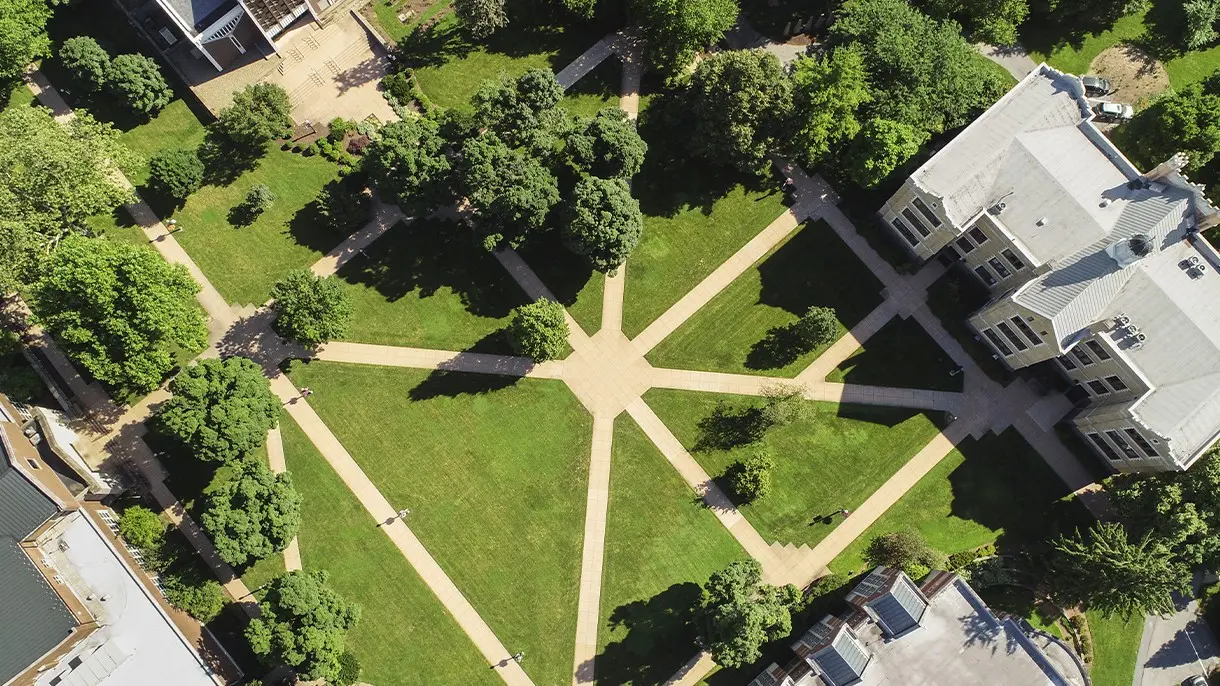LVC Wireless
Our wireless network is based on the 802.11b/g/n/ac wireless standards. To use the LVC wireless network you need a device equipped with a wireless network card and an LVC username and password. You are required to have up-to-date antivirus software on your computer.
To use the LVC Wireless network, follow the steps below:
- Your computer should automatically recognize the LVC Wireless network.
- After connecting to LVC Wireless, open your web browser of choice (e.g., Internet Explorer, Firefox, Safari, etc.).
- Try to connect to any non-LVC web site.
- If you have already registered your computer on the campus network, you will be connected to the off-campus web site. If not, continue with the steps below.
- You will see a network registration screen. Click Start, and enter your LVC username and password.
- Enter the additional information requested and upon successful completion, you will have full access to the Internet.
If you have any questions or run into any problems, please contact the Information Technology Solutions Center during business hours at ext. 6072 (or 717-867-6072).


